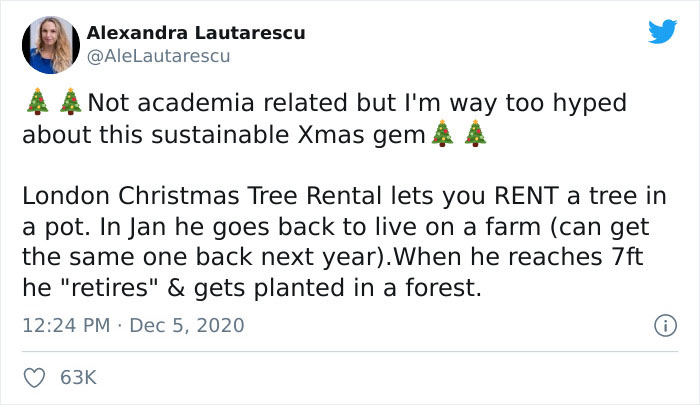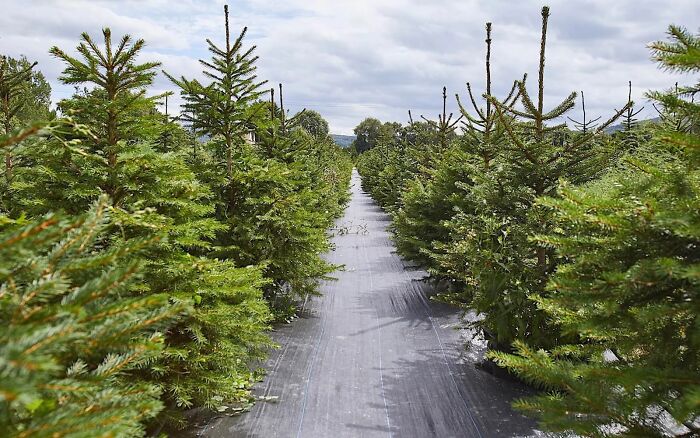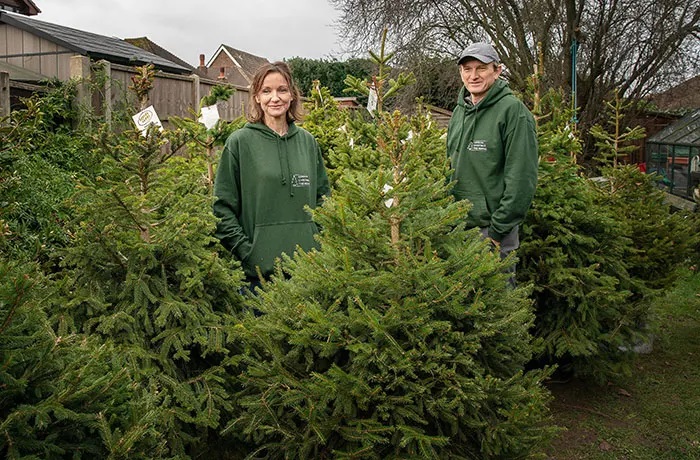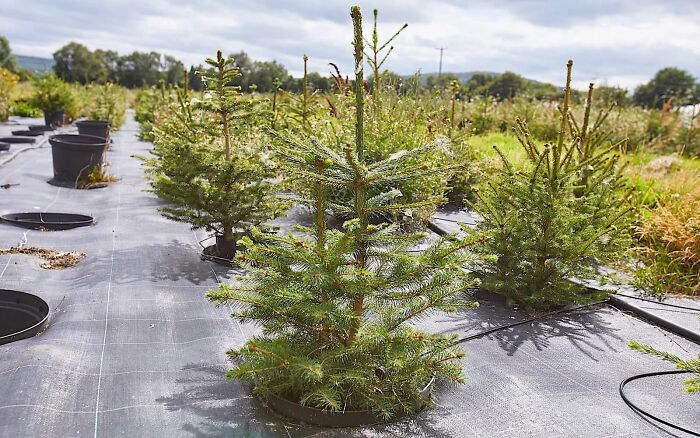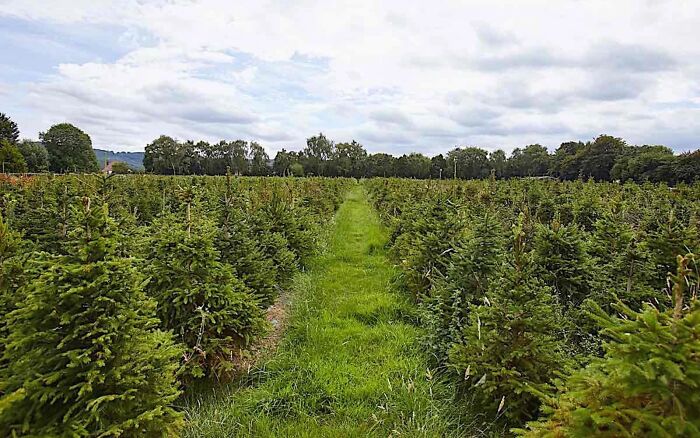
The Procter & Gamble Company (NYSE:PG) announced a new commitment to have its global operations be carbon neutral for the decade through a series of interventions that protect, improve and restore nature. Recognizing the next decade represents a critical window for the world to accelerate progress on climate change, P&G will go beyond its existing Science Based Target of reducing greenhouse gas emissions by 50% by additionally advancing a portfolio of natural climate solutions. These efforts will deliver a carbon benefit that balances any remaining emissions over the next 10 years, allowing P&G operations to be carbon neutral for the decade. Based on current estimates, the Company will need to balance ~30 million metric tons of carbon from 2020 to 2030.
P&G’s priority continues to be reducing emissions. P&G has an existing goal of reducing greenhouse gas emissions by 50% and purchasing 100% renewable electricity by 2030 and is on track to deliver on its 2030 commitments. In addition, P&G will continue pursuing new wind, solar and geothermal projects to further accelerate the transition to renewables. These efforts are aligned with what climate science says is needed to help ensure the Company does its part to limit global temperature increase and will continue well beyond 2030. However, based on today’s technologies, there are some emissions that cannot be eliminated by 2030. By investing in natural climate solutions, the Company will accelerate its impact over the next 10 years.
A Critical Window
Recent reports have highlighted that the world is falling short of the greenhouse gas emission reductions needed and that the next decade represents a critical window to reduce emissions and be on a path to limiting temperature increase to 1.5°C. That task will get much harder if society doesn’t start curbing emissions before the decade ends. By 2050, carbon emissions must fall to zero, or close to it. Failure to act now will put future generations at greater risk from climate change impacts and make achieving the global targets of the Paris Accord more difficult.
“Climate change is happening, and action is needed now,” said David Taylor, P&G Chairman, President and Chief Executive Officer. “By reducing our carbon footprint and investing in natural climate solutions, we will be carbon neutral for the decade across our operations and help protect vulnerable ecosystems and communities around the world.”
Natural Climate Solutions: “Nature alone can solve up to one-third of climate change”
P&G will partner with Conservation International and World Wildlife Fund (WWF) to identify and fund a range of projects designed to protect, improve and restore critical ecosystems like forests, wetlands, grasslands and peatlands. In addition to sequestering more carbon, an important aspect of natural climate solutions is the potential to deliver meaningful environmental and socioeconomic co-benefits that serve to protect and enhance nature and improve the livelihoods of local communities. As P&G moves forward, the company will seek to identify, measure and communicate relevant co-benefits from its investment in nature.
P&G is developing a detailed project portfolio and investing in projects across the globe. Projects already identified include:
– Philippines Palawan Protection Project with Conservation International – To protect, improve and restore Palawan’s mangroves and critical ecosystems. Palawan is the world’s fourth most “irreplaceable” area for unique and threatened wildlife.
– Atlantic Forest Restoration Planning with WWF – In the Atlantic Forest on Brazil’s east coast, laying the groundwork for forest landscape restoration with meaningful impacts on biodiversity, water, food security and other co-benefits for local communities.
– Evergreen Alliance with Arbor Day Foundation – Bringing corporations, communities and citizens together to take critical action to preserve the necessities of life affected by climate change—including planting trees to restore areas devastated by wildfires in Northern California and enhance forests in Germany.
“Nature must be a key part of any strategy to combat the climate crisis,” said Dr. M. Sanjayan, CEO of Conservation International. “Research shows that we cannot meet our climate goals unless we protect, restore and improve the management of carbon-rich ecosystems. Done right, these efforts can deliver a third of the emissions reductions needed within the next decade, and importantly, support the livelihoods of communities on the front lines of climate change. We’re delighted to be working with Procter & Gamble to protect nature – an investment that is a win for people and our planet.”
“We’ve worked with P&G to drive climate progress and safeguard forests for over a decade, because the scope of their business means they can deliver results at a scale that matters,” said Carter Roberts, U.S. President and CEO of WWF. “Importantly, that progress hasn’t been limited to their own corporate footprint. P&G was an early partner in the Renewable Energy Buyers Alliance, which has helped expand corporate renewable energy procurements across the United States. Today’s announcement marks further progress by putting a greater focus on the role that preserving nature can play – not just in absorbing carbon emissions, but in providing the services and resources that sustain life on earth. We look forward to working with P&G to achieve these new commitments over the next decade.”
P&G Brands take the lead on carbon footprint reduction and climate positive habit changes
Committing to going beyond its Science Based Target for reducing operational emissions is important, but the Company will not stop there. For more than two decades, P&G has been committed to harnessing the scientific rigor of the Life Cycle Assessment of its products to better understand the emissions from its supply chain and consumer use of its products (Scope 3 emissions). Up to 85% of P&G’s Scope 3 emissions are from consumer use of its products. P&G reaches five billion people through its brands, and with this scale comes a responsibility to give consumers the power to reduce their own carbon footprints with products that are designed to help save energy, water and natural resources.
– More than 60% of a laundry detergent’s footprint is in the consumer use phase, mostly related to the energy used to heat the water. Ariel and Tide have been optimizing detergent formulas for high efficiency in low temperature washing and inspiring positive “Turn to 30” and “Cold Water Wash” laundry behaviors. The goal is to have 70% of machine loads be low-energy cycle loads, and major progress has been achieved by educating consumers in the U.S. over the last ten years on the benefits of low-energy wash cycles. P&G estimates that since 2015, the avoided emissions from consumers increasing their use of low-energy laundry cycles have been roughly 15 million metric tons of CO2, which is equivalent to taking three million cars off the road.
– Busting a popular myth, Cascade is showing consumers how the dishwasher is designed to be more water and energy efficient than washing in the sink. Cascade and Fairy Automatic Dish Washing Tablets allow consumers to skip pre-wash and save water and the energy needed to heat the water. Fairy and Dawn Dish Washing Liquid’s grease cutting power enables water and energy savings: by reducing the water temperature 20°C (36°F), consumers can save up to 50% CO2 of the total footprint every wash.
“Our role as leaders is to make a lower emission economy and lifestyle possible, affordable and desirable for everyone,” said Virginie Helias, P&G’s Chief Sustainability Officer. “It is our responsibility to protect critical carbon reserves and invest in solutions that regenerate our planet. Consumers also want to do more to address climate change. As a company, we touch five billion people with our brands; we are striving to make a difference every day by encouraging responsible consumption with products that are effective and intuitive to enable adoption of new lower emission habits.”
Today at 8am EST/2pm CET, P&G is convening experts and climate leaders for a roundtable hosted by National Geographic to discuss the power of nature as a climate solution. Participants include P&G CEO David Taylor, P&G Chief Sustainability Officer Virginie Helias, Conservation International CEO Dr. M. Sanjayan, Word Wildlife Fund U.S. CEO Carter Roberts, and climate activists Clover Hogan, Jiaxuan Zhang, Kehkashan Basu and Vanessa Nakate.
To learn more about P&G’s new commitment to advance natural climate solutions and become carbon neutral for the decade, visit our Multi Media Release site.
About Procter & Gamble
P&G serves consumers around the world with one of the strongest portfolios of trusted, quality, leadership brands, including Always®, Ambi Pur®, Ariel®, Bounty®, Charmin®, Crest®, Dawn®, Downy®, Fairy®, Febreze®, Gain®, Gillette®, Head & Shoulders®, Lenor®, Olay®, Oral-B®, Pampers®, Pantene®, SK-II®, Tide®, Vicks®, and Whisper®. The P&G community includes operations in approximately 70 countries worldwide. Please visit https://www.pg.com/ for the latest news and information about P&G and its brands.
Source: Ecovoice Australia






